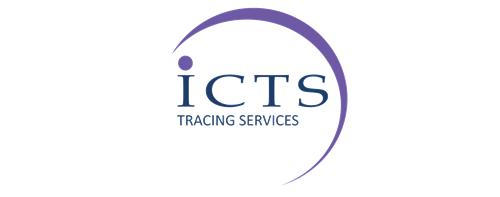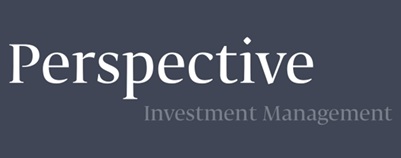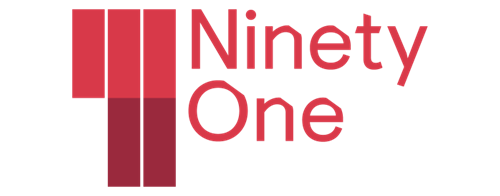Haroon Bhorat Chair: Investment Committee at Sygnia
While we wait for Budget 2025 to pass through Parliament – no longer a fait accompli in the Government of National Unity – it is worth considering some of its numbers that have not featured in the local media, where the focus has largely been on the politics around the Budget. Indeed, the numbers allude to a deteriorating fiscal position – albeit only slightly – for South Africa.
First up, most of the aggregates around deficit-to-GDP and debt-to-GDP ratios are dependent on GDP growth assumptions; a much higher growth rate alone will reduce a country’s deficit-to-GDP and other ratios. In Budget 2025, National Treasury’s GDP growth estimate has been increased to 1.9% from the 2024 estimate of 1.7%. This is not a large adjustment, but it allows for the medium term expenditure framework (MTEF) numbers to come out a bit better than with a lower growth rate. Despite this adjustment, it is clear that given the large additional spending demands, South Africa’s deficit projections have changed for the worse. As the chart below illustrates, the projected budget deficit for 2024/25 is now estimated to come in at 5% of GDP – higher than the 2024 Budget projection of 4.5%. Even with a higher GDP assumption, the Budget 2025 figures reveal a higher deficit-to-GDP ratio for every year of the MTEF period, and we are now projected to taper off in 2027/28 at a 3.5% deficit level, as opposed to the 2024 projection of 3%. The combination of higher spending demands and muted economic growth have conspired to elevate South Africa’s levels of over-expenditure.
The corollary is that our debt-to-GDP ratios have also increased over the forecasted period. For example, while last year’s budget reported a debt ratio at 75.3% to GDP for 2025/26, the revised figure for the same year is now 76.2%. Our debt servicing costs have also edged up, from 21.5c of every rand of revenue to 22c over the MTEF period. Debt servicing costs remain our second fastest-growing spending item, with an average annual growth rate of 7.1%. Worryingly, the government commits more than double our share of revenue to debt costs relative to the average emerging market. One respite from this bad news is that most macro models show that significantly negative economic instability is only likely to set in when a country breaches the 80% debt-to-GDP level. However, there are absolutely no free fiscal lunches in this environment of elevated interest rates, low GDP and low revenues. To be very clear: The team at Church Square are completely aware of the negative debt outcomes from the spending pressure placed on them by various government departments.

The Minister of Finance alluded to this elevated debt position he is forced to take to Parliament and the market as being a function of the additional spending foisted on him, notably an additional spending allocation of R58 billion for 2025. The public sector wage agreement now being fully costed across the MTEF is a significant positive, as it now cannot feature as a surprise item over the MTEF period. The R35 billion allocation to the SRD grant is only for one year, however, meaning that NT could come looking for another R35 billion for the SRD in Budget 2026. Over half the additional spend is on the SRD grant and provision for “frontline services” in health, education, home affairs and correctional services, and very little of this additional spending has been allocated to capital or investment expenditure. The orientation of the R58 billion remains heavily biased to consumption above investment expenditure.
The question of how this additional spend will be paid for is partly answered above in that we will pay for it by increasing national debt and deficit levels. South Africa is borrowing more to fund consumption expenditure, which is dangerous territory at already elevated debt levels. However, the data from Budget 2025 show that the highest burden of revenue payment for our spending will actually be borne not by the VAT increase but by tax bracket creep. As the chart below illustrates, bracket creep will account for close to 65% of all new tax revenue raised, while the VAT increase will account for 48%. No inflationary adjustments to tax brackets puts more individuals (at higher inflation-adjusted wages but same real income) into higher tax brackets each year – the key revenue-raising instrument for this year’s Budget 2025. Unfortunately, this means a tighter consumer environment (again) for 2025.
Ultimately, the Minister of Finance and his team were very focused on keeping to the commitments of Budget 2024 – only to be stymied at the very end by a combination of low growth, political spending demands and the contested environment that is the GNU.

ENDS

























































































